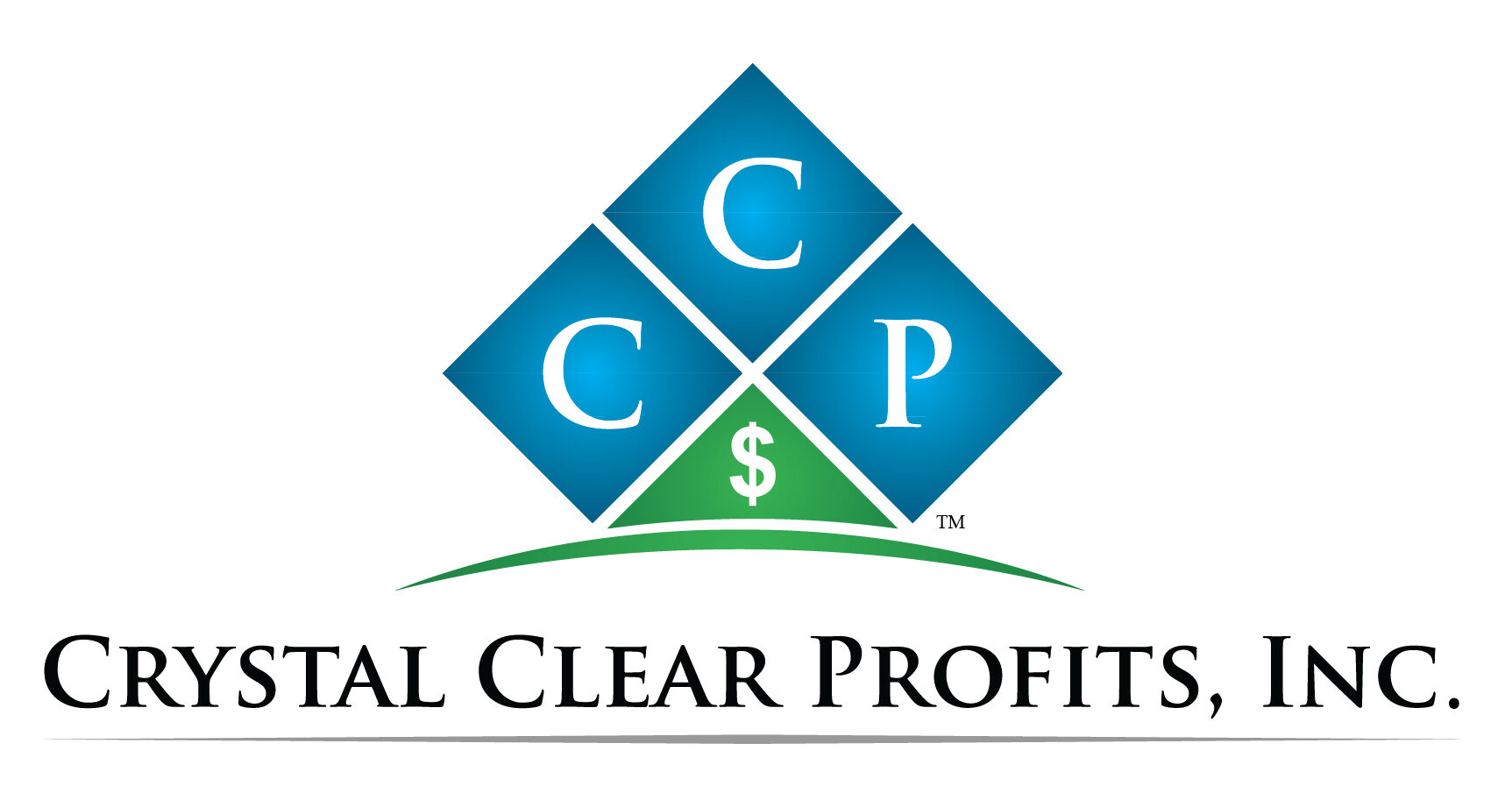Managing cash flow is crucial for the financial health of any business. Cash flow issues can lead to missed opportunities, difficulties in meeting obligations, and even business failure. Here are some straightforward strategies that business owners can implement to improve cash flow and ensure their business remains financially healthy.
1. Invoicing Promptly and Efficiently
One of the easiest ways to improve cash flow is to ensure that invoices are sent out promptly and efficiently. Delayed invoicing can significantly impact cash flow as it delays the receipt of payments.
- Set Clear Payment Terms: Establish and communicate clear payment terms, such as “Net 15,” meaning payment is due within 15 days of the invoice date.
- Automate Invoicing: Use accounting software to automate the invoicing process, reducing errors and ensuring invoices are sent on time.
- Follow Up: Implement a system for following up on overdue invoices. Regular reminders can help ensure timely payments.
2. Offer Early Payment Incentives
Encouraging customers to pay their invoices early can help improve cash flow.
- Discounts for Early Payment: Offer a small discount, such as 2% off the invoice total, for payments made within a specified period (e.g., within 10 days).
- Flexible Payment Options: Provide multiple payment options, including credit card, electronic transfer, and online payment platforms, to make it easier for customers to pay promptly.
3. Negotiate with Suppliers
Building strong relationships with suppliers can provide opportunities to improve cash flow.
- Extended Payment Terms: Negotiate extended payment terms with suppliers to give your business more time to pay.
- Bulk Purchasing: Where feasible, negotiate discounts for bulk purchases to reduce costs. Ensure this doesn’t lead to excess inventory that ties up cash.
4. Control Expenses
Keeping a close eye on expenses is essential for maintaining a positive cash flow.
- Regular Review: Conduct regular reviews of all business expenses to identify areas where costs can be reduced.
- Cut Unnecessary Costs: Eliminate or reduce non-essential expenses. This might include subscription services, travel expenses, or unnecessary office supplies.
- Energy Efficiency: Implement energy-saving measures to reduce utility bills.
5. Use Technology
Leverage technology to streamline operations and improve cash flow.
- Accounting Software: Use accounting software to monitor cash flow in real-time, generate financial reports, and manage invoices and expenses.
- Customer Relationship Management (CRM): Implement a CRM system to better manage customer relationships and sales processes.
6. Consider Financing Options
Access to financing can provide a cushion for cash flow fluctuations.
- Business Line of Credit: Establish a line of credit with your bank to provide access to funds when needed.
- Invoice Factoring: Consider invoice factoring, where a third party buys your outstanding invoices at a discount, providing immediate cash.
- Short-Term Loans: Explore short-term loans to cover temporary cash flow gaps.
7. Plan for Seasonality
Many businesses experience seasonal fluctuations in cash flow. Planning for these periods can help maintain stability.
- Cash Reserves: Build cash reserves during peak periods to cover expenses during slower periods.
- Adjust Inventory Levels: Align inventory purchases with seasonal demand to avoid excess stock during slower periods.
8. Monitor Cash Flow Regularly
Regularly monitoring cash flow is essential for identifying issues early and making informed decisions.
- Cash Flow Forecasting: Create cash flow forecasts to anticipate future cash flow needs and address potential shortfalls.
- Weekly Reviews: Conduct weekly cash flow reviews to stay on top of your financial position and make adjustments as needed.
